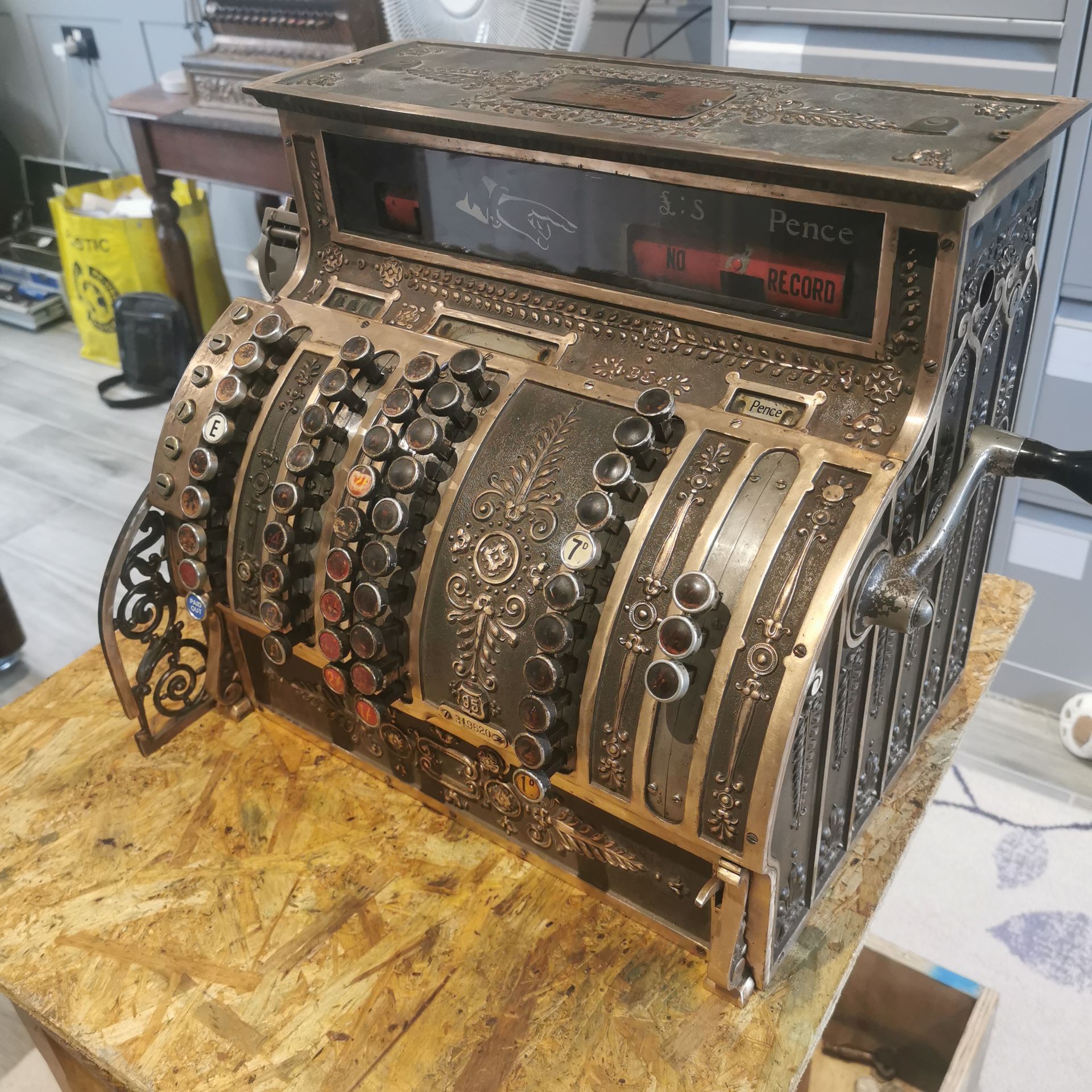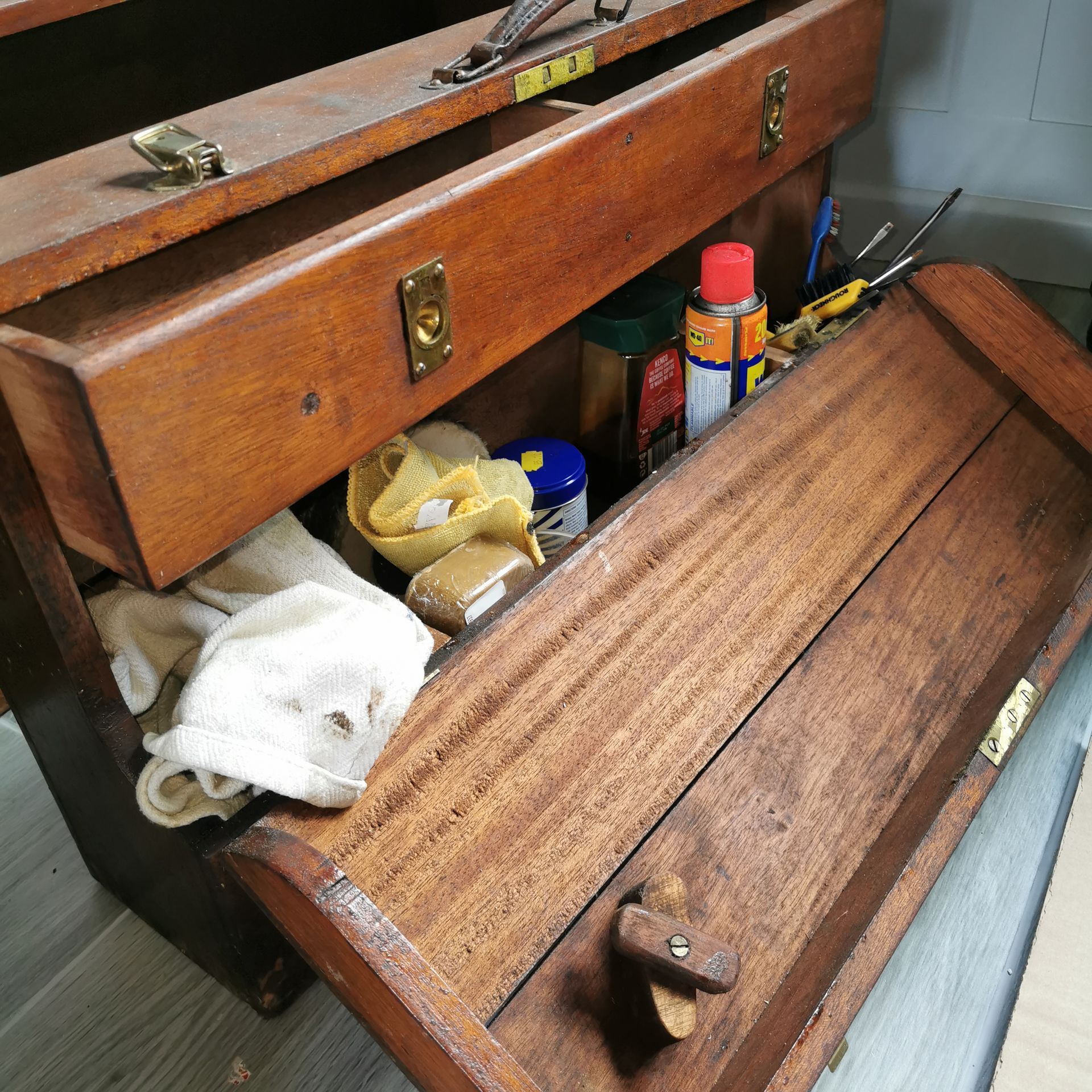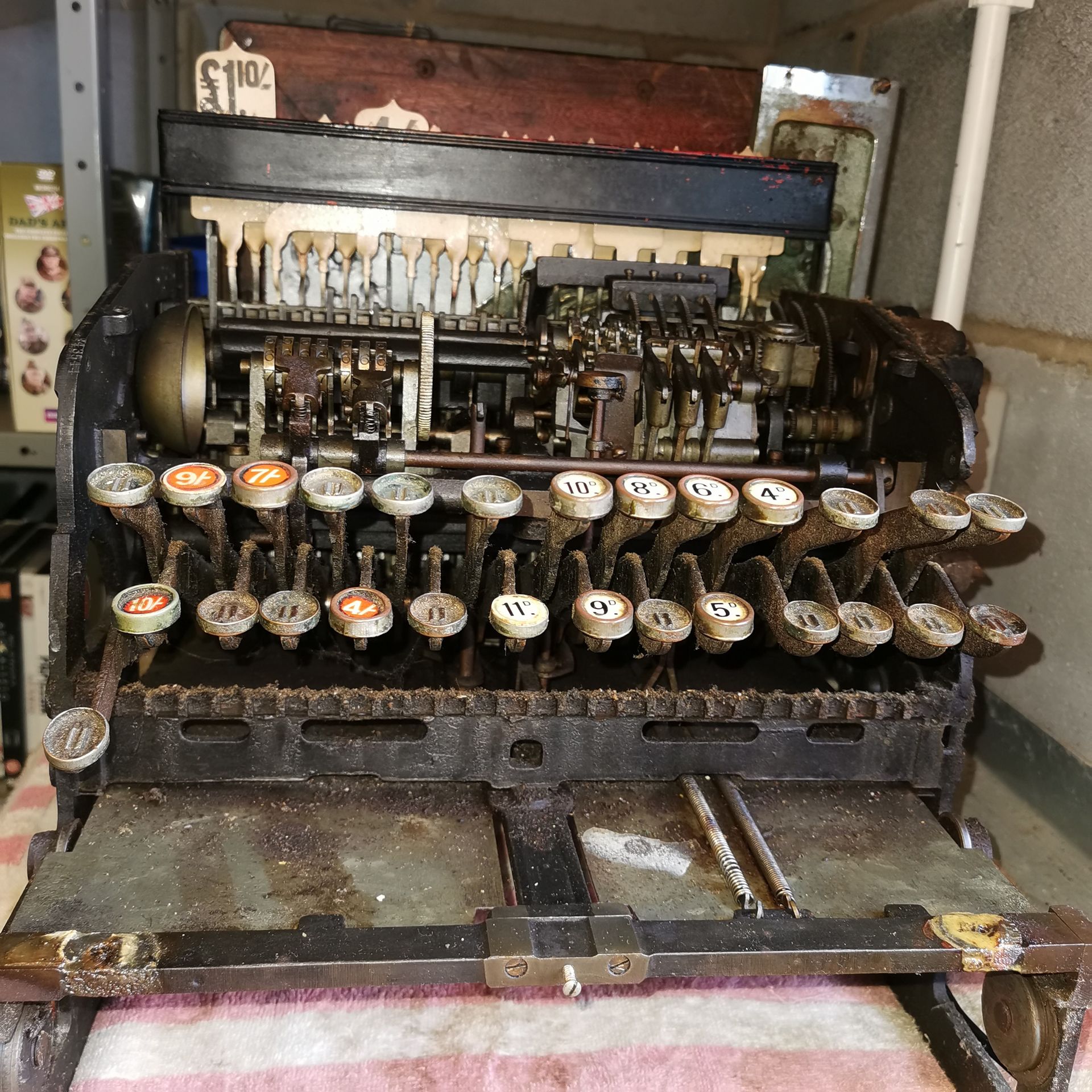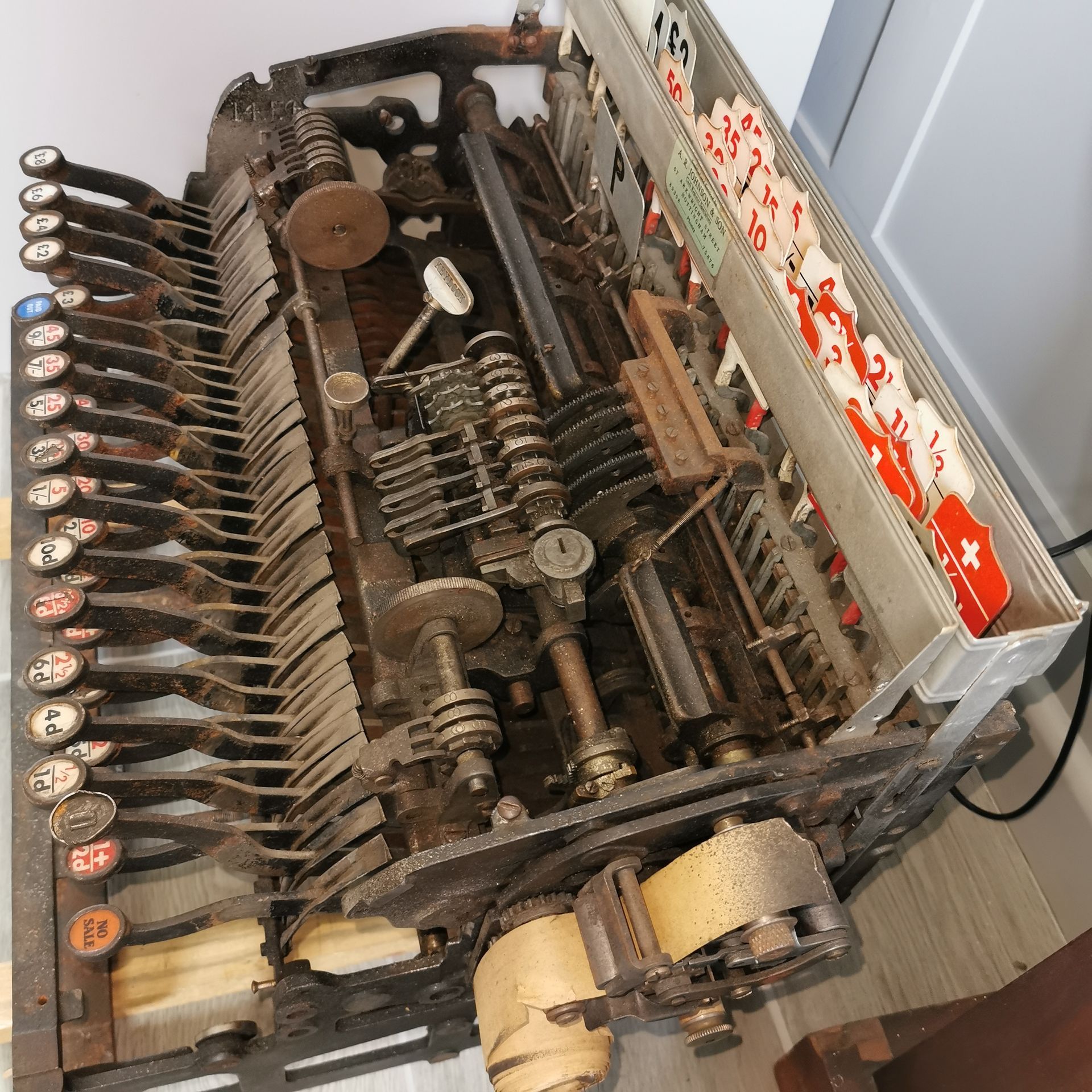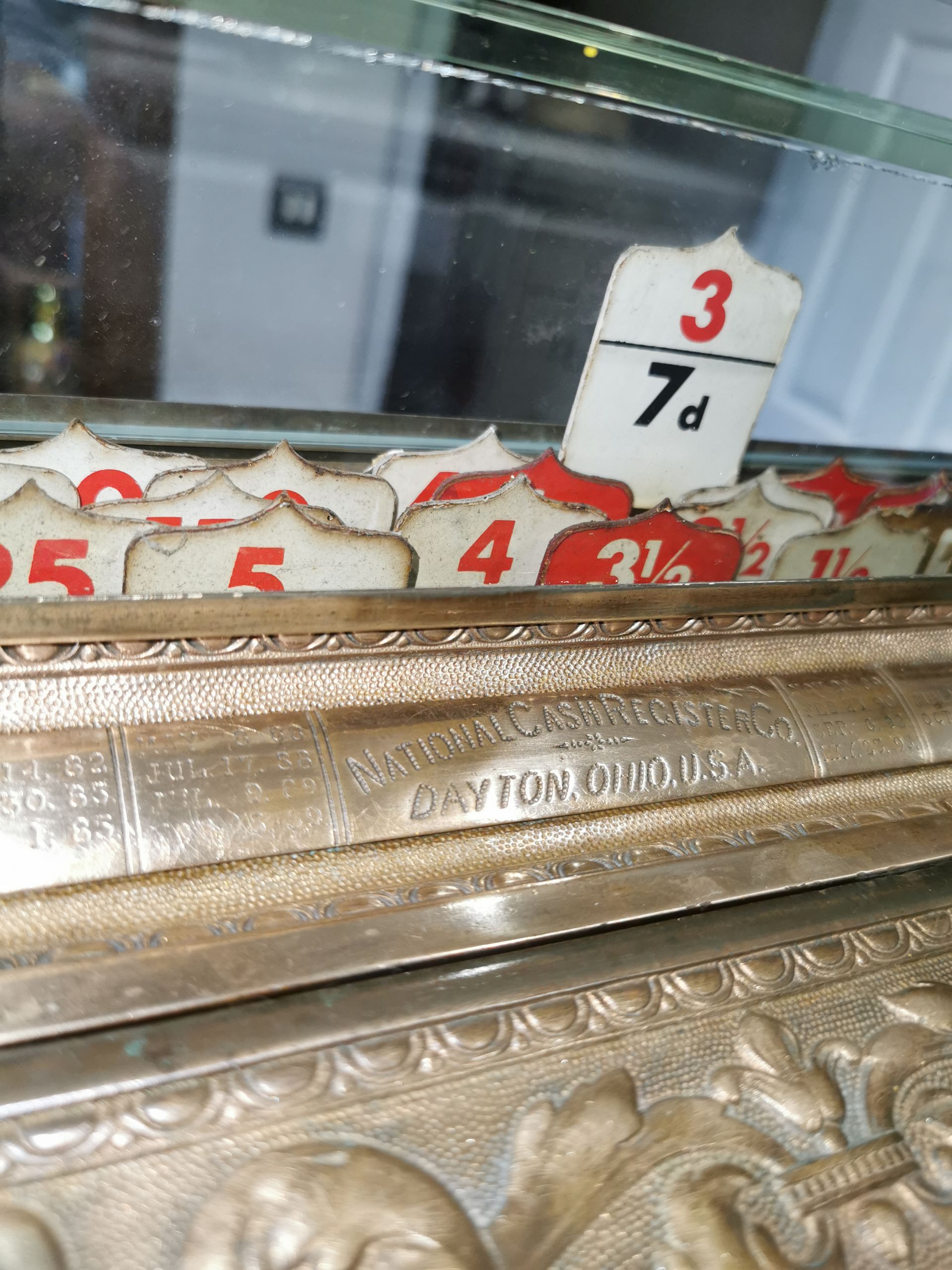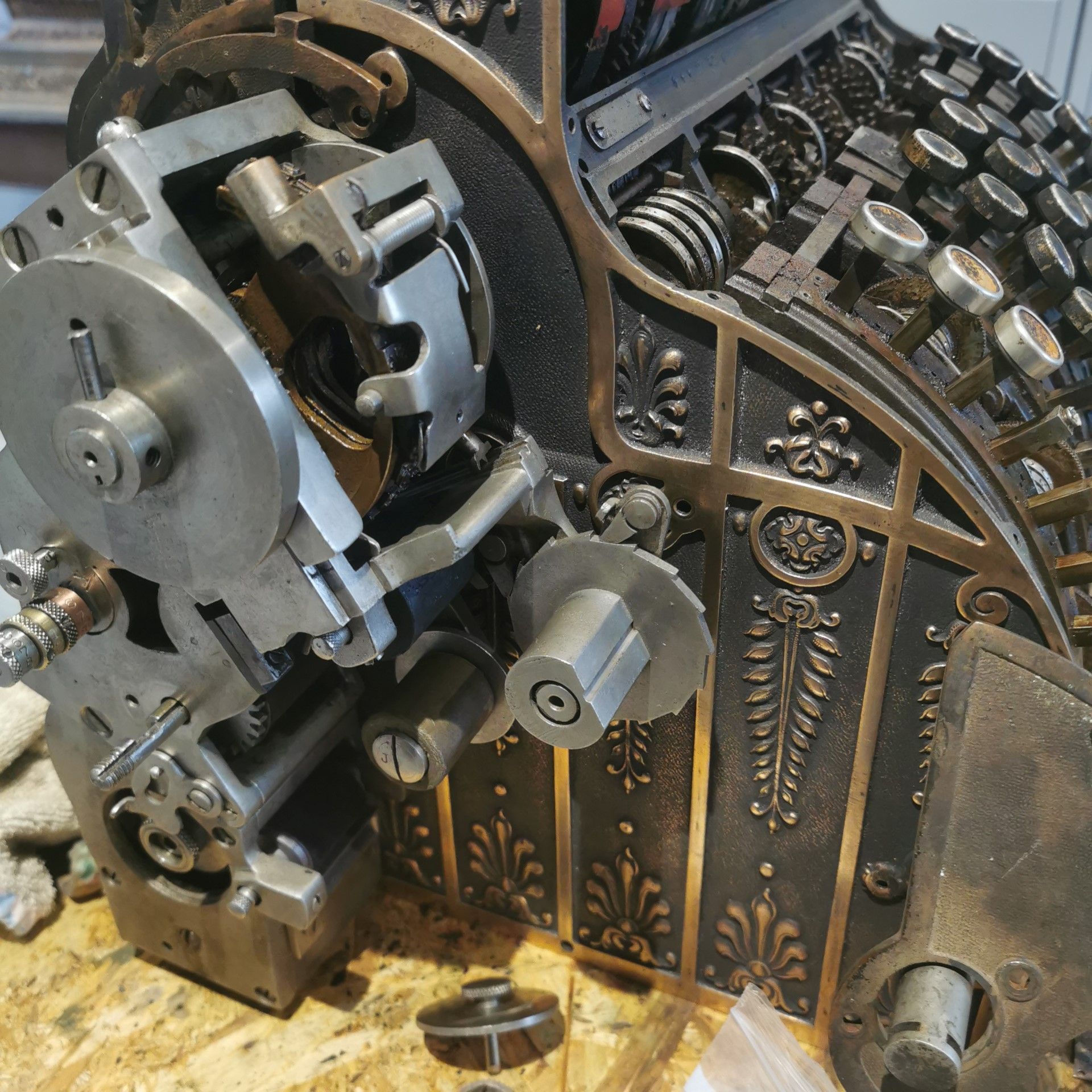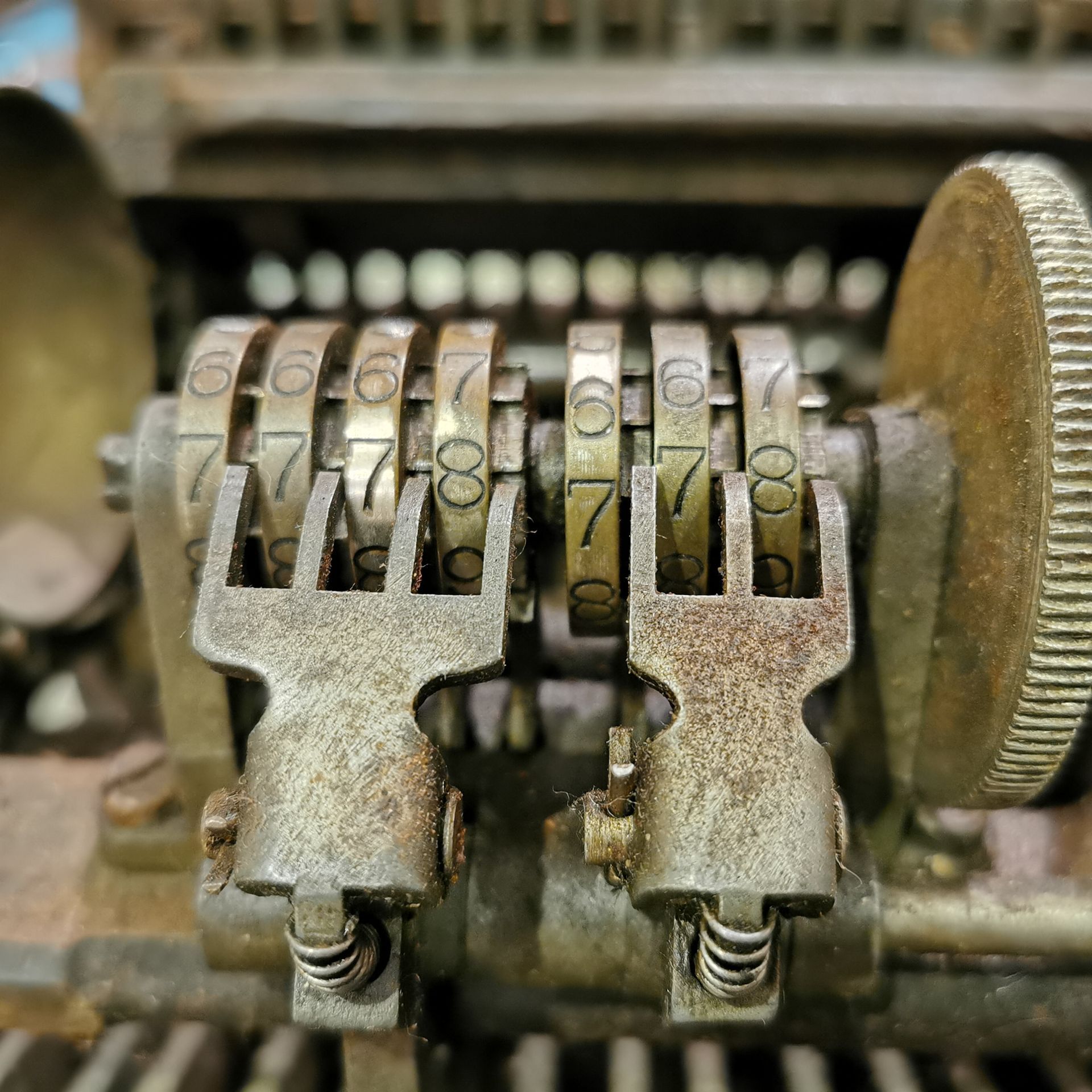Antique/Vintage Brass
& Nickel Plated
National Cash Register Tills
I've always considered the early National Cash Registers to be beutiful works of art, rich in history and intricate in design, this has encouraged me to be an enthusiast with 1 or 2 awaiting restoration as well as 1 or 2 for sale.
I would be happy to purchase and collect tired registers providing they are priced reasonable and within a sensible distance from Colchester Essex.
National Cash Register Co.
The History
The cash register may be part of all our business experiences, but for its time period, it was highly revolutionary. Indeed, the cash register didn’t first come into existence until 1879, when James Ritty, a saloon owner in Dayton, Ohio invented it.
Ritty grew tired of having his profits stolen by less-than-scrupulous bartenders. He invented the register as part of an effort to track his funds and keep track of how much money he made. The device was a purely mechanical one and designed to track income, not to give change, although that evolution would come with time.
Ritty sold his interests in his company to a business that would eventually become the National Cash Register Company. Founded by John Patterson, the National Cash Register Company would become the major driver of the cash register in the late 19th and early 20th century, eventually turning Patterson into a very rich man.
After its sale to John Patterson and NCR, the register began to evolve into a highly profitable and lucrative business. This happened as mechanical improvements occurred to the device.
This included the addition of a paper receipt, additional push buttons to input various denominations of currency, the addition of slots for both coin and paper currency and displays that could allow customers to see how much they were being charged. Advanced models would go as far as automatically making change for individuals, and some of these machines are still sold today.
Further evolutions on the device continued into the 20th century, as the device shifted from a purely mechanical one to a hybrid that incorporated electric motors. Indeed, the National Cash Register Company would become the leading innovator and seller of the device, eventually evolving into the Class 1000 register, a device that stood the test of time and was sold well into the 1950s.
